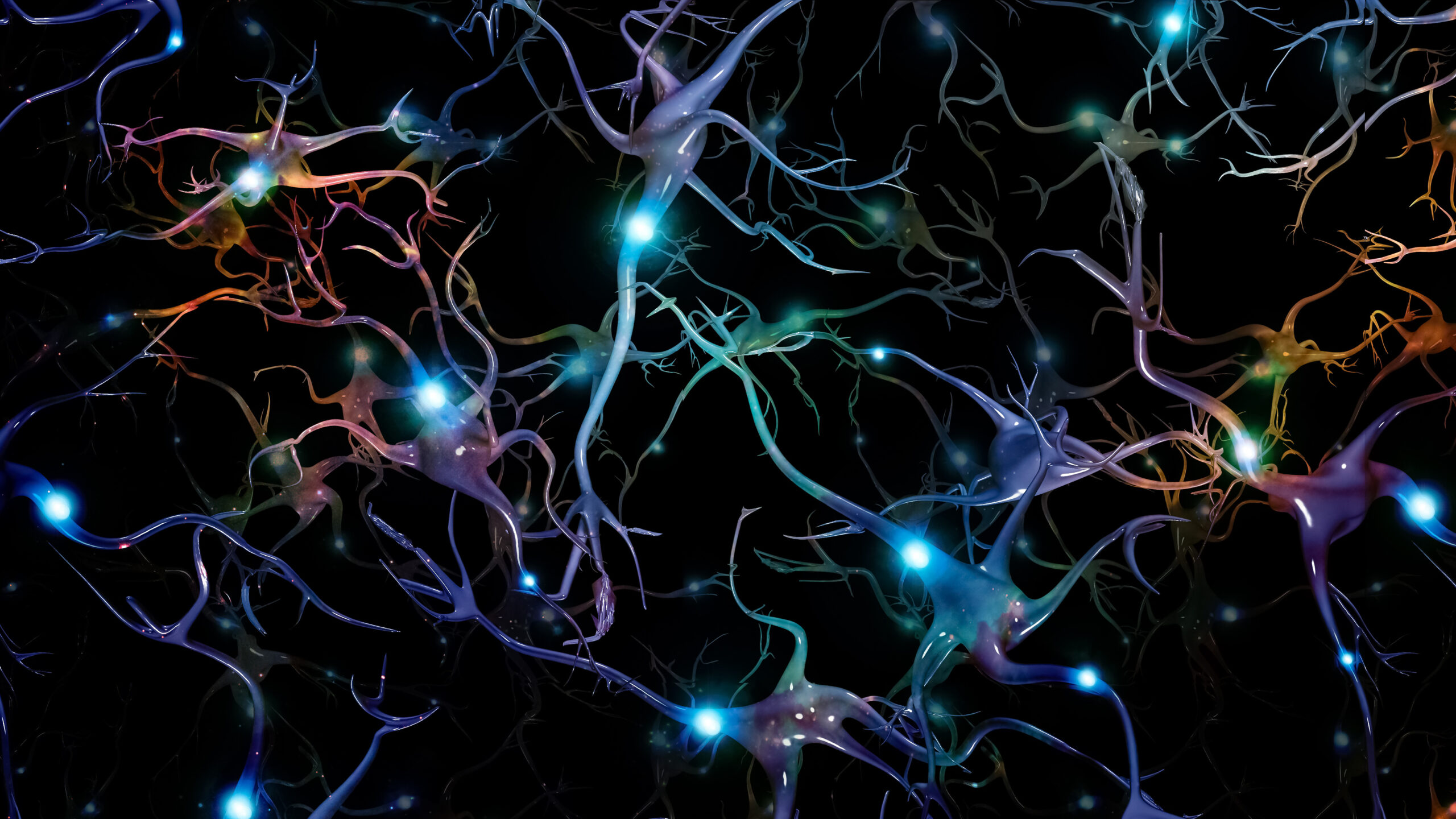Reflections in Rhythm: Dance Sessions to Connect with the Past
Reflections in Rhythm: Dance Sessions to Connect with the Past
Dance is a powerful medium that not only connects us with our bodies but also with our heritage and the past. Through dance, we can explore our cultural roots, understand our ancestors’ stories, and pass on traditions to future generations. In this article, we will delve into how dance sessions can serve as a bridge between the past and the present, fostering a deeper connection with our history and cultural identity.
### Embracing Cultural Heritage
A mother-daughter duo from St. Lucia, Shakeena President-Beckford and her mother Carol “Mama Ika” President, have been inspiring South Side teens in Chicago for over 20 years. Their dance program is rooted in Caribbean and West African traditions, teaching young people about their cultural heritage through vibrant rhythms and storytelling. This approach not only preserves Black heritage but also empowers teens by connecting them with their roots. As Shakeena emphasizes, “If you don’t know where you’ve come from, you don’t know where you’re going,” highlighting the importance of understanding one’s past to shape the future[3].
### The Power of Dance in Storytelling
Dance is a universal language that can convey emotions, stories, and experiences in a way that transcends words. It allows dancers to express their feelings and connect with others on a deeper level. For instance, Brielle Barlow, a BYU dance student, used dance to explore the concept of legacy. She choreographed a piece titled “Legacy” for the “Ten Tiny Dances” performance, using music from “The Lion King” to convey the idea of carrying on family legacies through dance. This experience not only helped her understand her own legacy but also connected her with her audience on an emotional level[1].
### Techniques and Traditions
Different dance techniques, such as the Graham Technique, emphasize the connection between body and emotion. Martha Graham’s method focuses on expressing a wide range of emotions through movement, including joy, anger, and love. This technique involves specific exercises like bounces and breathings, which help dancers connect with their bodies and express themselves more freely. By mastering these techniques, dancers can tap into their emotional depth and convey powerful messages through their performances[2].
### Conclusion
Dance sessions that connect us with the past are not just about movement; they are about storytelling, cultural preservation, and personal growth. Through dance, we can honor our heritage, explore our emotions, and build bridges between generations. Whether it’s through traditional techniques or contemporary expressions, dance remains a timeless medium that reflects our shared human experiences and connects us with our roots.





